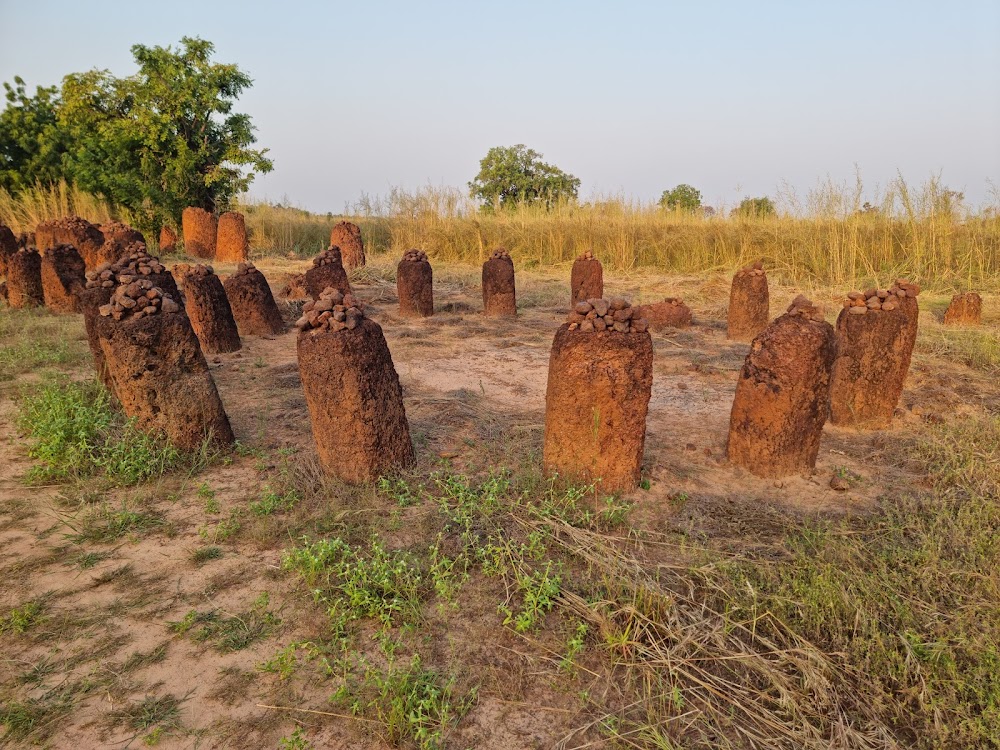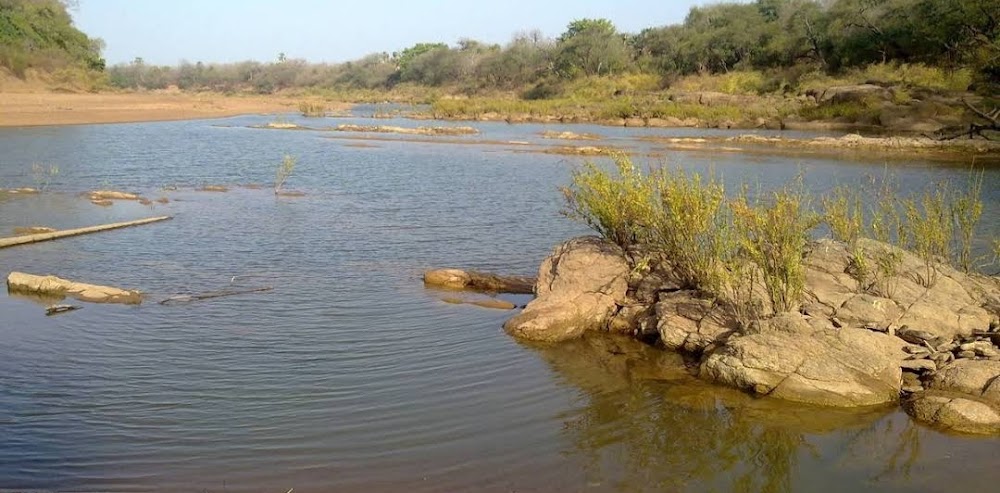Stone Circles of Senegambia (Cercles Mégalithiques de Sénégambie)
Overview
The Stone Circles of Senegambia, primarily located in the Tambacounda Region of Senegal and extending into Gambia, are among Africa's most captivating archaeological treasures. These enigmatic structures date back to a period spanning from the 3rd century B.C. to the 16th century A.D., serving as silent witnesses to the rich history of pre-colonial societies that flourished in this region.
Constructed by unknown ancient cultures, the stone circles have left modern archaeologists with a plethora of unanswered questions. The stones themselves, some towering over two meters, were skillfully quarried from nearby laterite—a type of iron-rich soil that hardens upon exposure, making it an ideal material for these enduring monuments.
Building these stone circles was no small endeavor. The ancient builders likely utilized basic yet effective iron tools to chisel and shape the stones. Once fashioned, the stones were transported from quarries, often located several kilometers away, to their designated locations. The methods of transportation remain a mystery, but it is believed that ingenious techniques such as log rollers and human labor were employed.
These stone circles are part of a larger collection of over 1,000 monuments spread across approximately 30,000 square kilometers in the Senegambia region. In the Tambacounda Region, four major groups stand out: Sine Ngayène, Wanar, Wassu, and Kerbatch. While Sine Ngayène and Wanar are situated in Senegal, Wassu and Kerbatch lie in Gambia. Recognizing their historical and cultural importance, UNESCO added these sites to its World Heritage list in 2006.
Each circle presents a unique character, with varying numbers of stones. Although the precise purpose of these circles remains elusive to experts, they are believed to have served religious, ceremonial, or burial functions. Excavations have revealed skeletal remains, pottery, and other artifacts within some circles, suggesting they were sites for significant burial practices and rituals.
What adds to the allure of the Stone Circles of Senegambia is their remarkable construction. Despite the absence of advanced tools, the builders achieved exceptional symmetry and alignment. Some theories propose that they may have used celestial bodies like stars or the sun’s position to orient the stones accurately. This tantalizing idea raises questions about the astronomical knowledge and surveying skills possessed by these ancient peoples.
The preservation and excavation of the Stone Circles have yielded invaluable insights into the past, but they face ongoing challenges. Protecting the site from natural erosion and human activities is crucial for maintaining the integrity of these ancient structures. Local communities and governments are collaborating to safeguard these sites, recognizing their significance not only as historical landmarks but also as vital elements of cultural heritage.
Today, the Stone Circles of Senegambia continue to enchant visitors from around the globe. Tourists come to marvel at the engineering prowess and the mysteries surrounding these ancient formations. They stand as powerful testaments to the ingenuity and spiritual depth of the peoples who inhabited this region centuries ago.
The intricate history of the stone circles in the Tambacounda Region serves as a poignant reminder of the rich and often hidden narratives that lie beneath our feet. These ancient monuments are not merely stones arranged in a circle; they are vital chapters in the tapestry of human history, inviting us to explore, understand, and preserve our past for the benefit of future generations.






